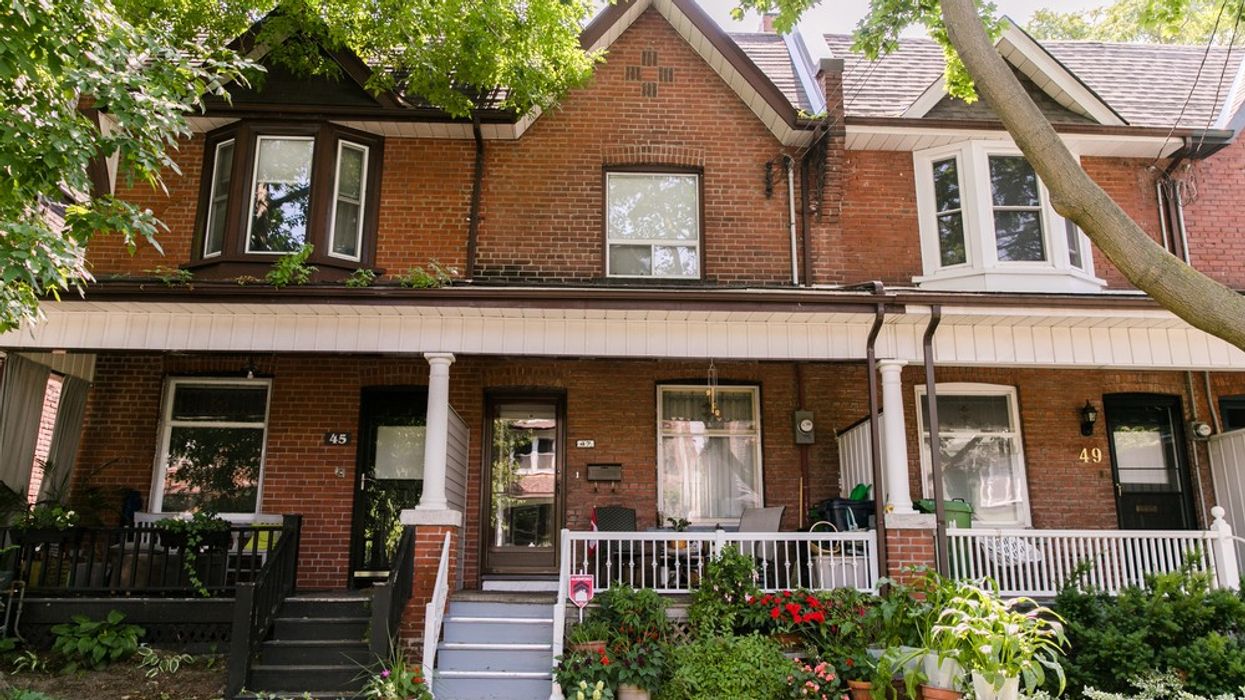It’s getting pricier than ever to lock into the security of a fixed-rate mortgage -- and increasingly, prime borrowing candidates are now finding themselves unqualified to even consider it as an option.
As bond yields hit new highs -- the five-year government bond reached 3.09% on June 6, breaking a decade-long record -- consumer lenders have followed suit by increasing the pricing on their fixed-rate mortgage costs. A borrower taking out an uninsured, five-year fixed mortgage from one of the big six lenders now faces rates in the range of 5%.
Factor in the 200-basis-point bump required to pass the mortgage stress test, and today’s new mortgage borrower must now prove they could carry their payments at a rate of 7% in order to qualify. (Under the current guidelines, borrowers must either qualify at a rate 200 basis points above their contract rate, or at 5.25%, whichever is higher.
READ: Getting a Fixed-Rate Mortgage? It’ll Cost Nearly $800 More a Month
“That’s fairly mind blowing. People haven’t had to qualify at rates like that in 20 years,” writes Robert McLister, mortgage rate analyst at mortgagelogic.news, in a client note.
According to McLister, that means more borrowers are being shut out of five-year fixed products altogether. Those who can’t pass the stress test, and aren’t lucky enough to get a co-signer on their mortgage or access cash are now being siphoned into the variable-product market; with five-year options still in the 3.2% range, that equals to a friendlier stress test of just 5.25%.
READ: What the BoC’s Half-Point Hike Means for Borrowers
However, those opting to save money with a variable rate won’t have that option for long, as McLister points out that the savings spread between the two rate types is shrinking fast, currently down to 86 basis points for insured borrowers (those who pay less than 20% down and must take out mortgage default insurance), and 109 for uninsured borrowers. That’s down from 200 bps in March and, should the BoC continue on its aggressive hiking mandate, will soon vanish altogether, leading to the phenomenon of variable rates on par with or higher than fixed-rate options.
Beleaguered borrowers’ other options include getting a debt-ratio exception from a bank -- which just a sliver of conventional prime borrowers would qualify for -- or go with a non-OSFI compliant lender who is currently offering lower rates.
According to McLister’s sources, the first two options are causes for concern for OSFI, as they increase the risk profile of borrowers, and overall, the lending system.
Pressure Building on Banking Regulator to Make a Change
This brings fresh speculation as to whether OSFI may tweak its stress testing criteria, as its current threshold is actively pushing borrowers into riskier borrowing products. In comments made to the Globe and Mail in May, Deputy Superintendent Ben Gully alluded to the possibility, saying, “If conditions change, we reserve the option to come back more frequently than annually and that is very much part of our approach and indeed that’s true of any piece of guidance we have at OSFI.
We’re continually reviewing it, their applicability and, if conditions warrant, we would obviously move off cycle to address them.”
“When OSFI announced the uninsured mortgage stress test back in 2017, it likely never imagined the vast variable-rate adoption we’d see this year, coupled with such an explosive move in prime rate,” says McLister.
“But given its job is preparing for the worst, it should have planned for these possibilities. Now it’s partly to blame for less qualified borrowers choosing variable rates, simply to get approved. If inflation proves to be a bigger threat than anticipated, OSFI could be responsible for adjustable-rate borrowers having to stomach rates that run well above the five-year fixed rates they would have chosen.”
In the meantime, rate holds are the name of the game for borrowers looking to jump into the market in the short term, as the bond situation is set to worsen before it gets better.
“We foresee yields peaking relatively soon, likely in the coming months. With the entirety of the hiking cycle already priced in, the probability of a reversal is increasing, especially as we approach the late cycle in the coming quarters and the Fed looks to slow down,” stated CIBC FICC.
However, McLister points out, as five-year government bonds broach the 3% threshold, “not everything is priced in”. And, with the Bank of Canada poised to increase its trend-setting Overnight Lending Rate by another 0.5% in July, with several more hikes to come to reach at- or above-neutral, there’s plenty of volatility coming down the pipe for the bond market to react to.





















